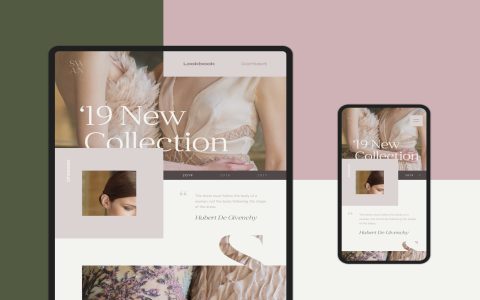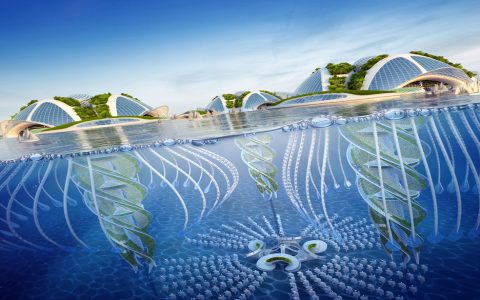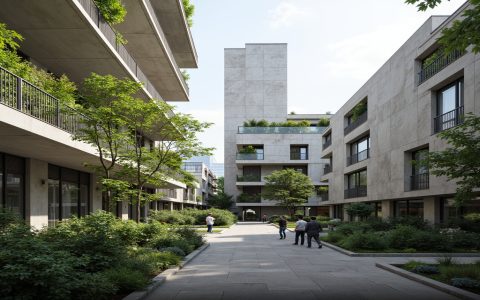Fundamental Design Principles
Aesop's minimalist aesthetic centers on simplicity, functionality, and natural elements. Prioritize open spaces to evoke calm and clarity, using high-quality materials like timber, stone, and concrete for authenticity. Embrace a neutral color palette—whites, grays, and earth tones—to let products stand out while maintaining visual harmony.
Spatial Planning Strategies
- Zoning: Create distinct zones for browsing, consultation, and checkout using subtle dividers like custom shelving or low counters to ensure seamless flow.
- Traffic Flow: Design a U-shaped or linear path to guide customers effortlessly from entrance to exit, avoiding bottlenecks for a serene experience.
- Focal Points: Anchor the space with a central display, such as a sink or ingredient bar, encouraging interaction without overcrowding.
Product Display Techniques
- Shelving Systems: Opt for modular, low-profile shelves that maximize visibility; align products symmetrically for clean lines and easy access.
- Negative Space: Allow ample breathing room between items to highlight quality and reduce visual clutter.
- Sensory Elements: Incorporate tactile samples and olfactory stations discreetly to engage customers without compromising minimalism.
Stylish Enhancements
Leverage lighting for atmosphere—install warm, adjustable LED fixtures to illuminate key areas while casting soft shadows on walls. Select furniture with sleek silhouettes, like custom counters and benches, in natural finishes to underscore elegance. Add subtle greenery or textural details for warmth, ensuring every element serves a purpose.
Implementation Checklist
- Maintain Consistency: Align all materials and fixtures with Aesop's brand guidelines for a cohesive look.
- Customer-Centric Details: Place sinks and testers strategically for intuitive use, promoting exploration.
- Sustainability Focus: Choose eco-friendly elements, such as reclaimed wood or energy-efficient lighting, to reinforce ethical values.







